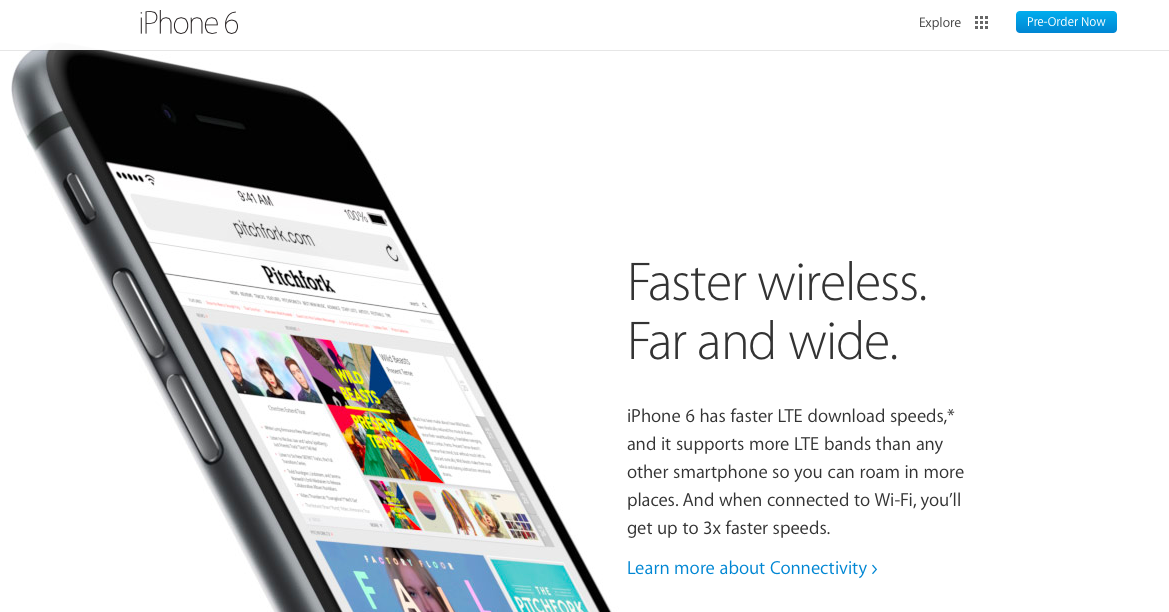Crack the 40 (MHz Wide Channel) Open, Homie and Guzzle (the Bandwidth Available Over) It

Everybody likes high Wi-Fi speeds. Because high Wi-Fi speeds mean that the channel is being used more efficiently ( often false ). An efficient channel means that there's more available throughput ( only in sterile test environments ) and more available throughput means that more users can be supported concurrently ( completely wrong ). Unfortuantely, high Wi-Fi speeds sometimes ( all the time ) come at a cost. To get higher Wi-Fi speeds, wider channels must be used ( which makes the Wi-Fi suck ). Using wider channels means that fewer channels will be available ( plus it ups minimum RSSI requirements, which just about guarantees a bad design ). It is therefore essential that wireless professionals analyze the environment and carefully choose whether to use 40 MHz or 80 MHz wide channels ( or they could stop wasting everyone's time and just stick to 20 MHz channels ). But this blog post isn't about choosing the correct channel bandwidth ( although it should be, b

